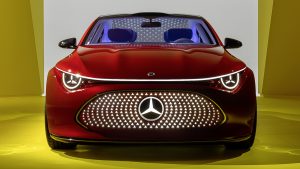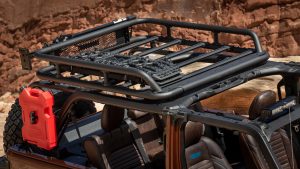Baby Jeep Avenger comes with all-new size, powertrain, and logistics. However, it uses a name which has been around in other brands of its parent company
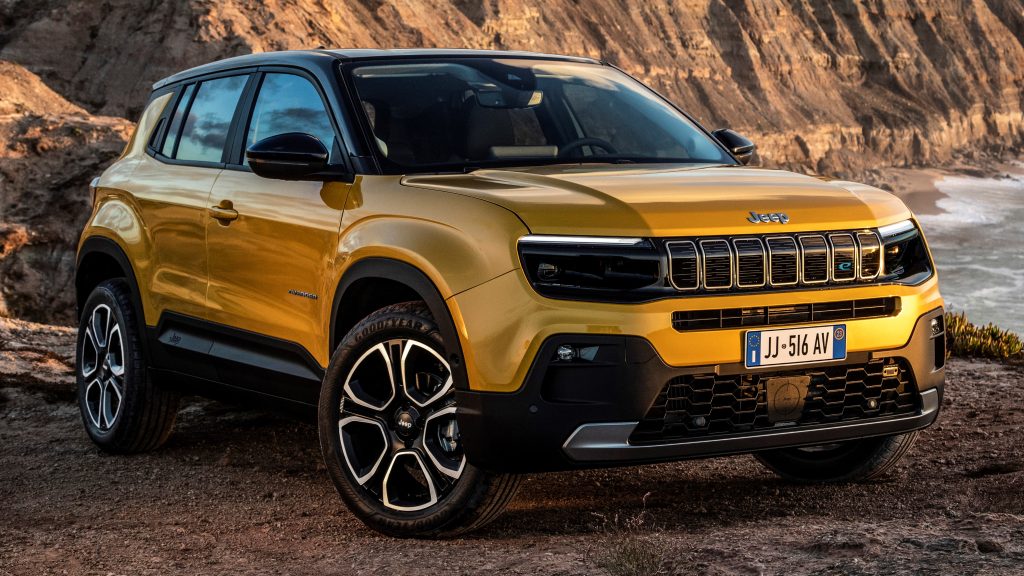
Finally! After months of speculation, some rendered images, and company teasers, it is here. Stellantis has developed a habit of creating whole events to announce its news and Jeep’s “4xe Day” was no exception. This one marked the debut of three new models to mark the brand’s transition to fully electric powertrain: the Recon off-roader, the Wagoneer S luxury SUV, and the little yellow SUV that goes by Avenger.
We are dedicating an entire article to the latter because of its name. Yes, it is the first entirely electric Jeep, the first Jeep not to be available in its home country, and it looks like a miniature Compass. However, this article focuses on a history-related topic. Despite representing such a revolution for the off-road division, it uses a name which the former Chrysler group has already applied in two very different situations.
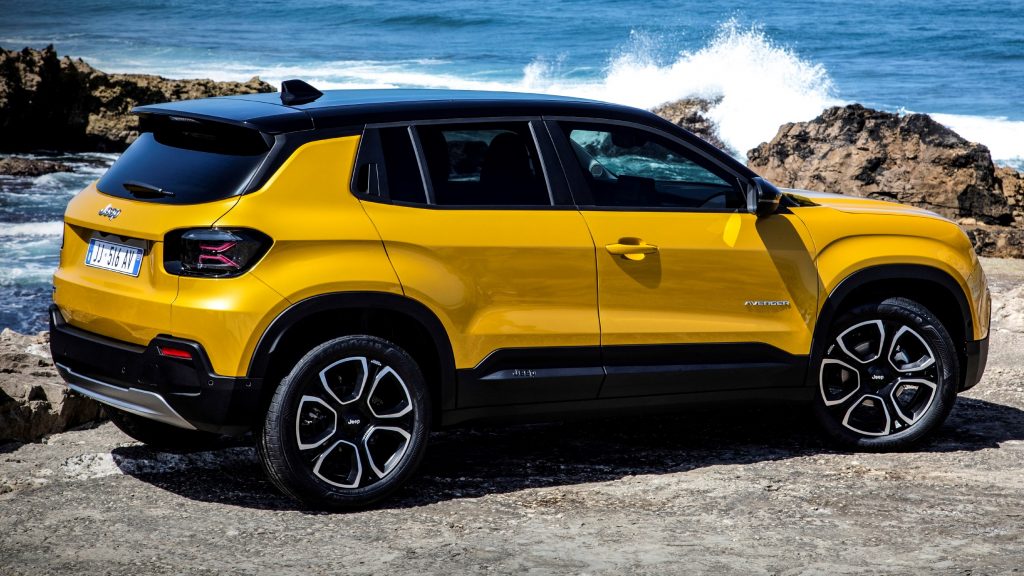
Some context on the Avenger
We already know that electrification has become the newest automotive trend. Increasing pressure from the government has created a race among automakers to upgrade their lines and minimize their use of fossil fuels and their subsequent emission of pollutants. That trend has been challenging for sports and off-road makers because their cars rely on emotional appeal, of which traditional engines are a key part.
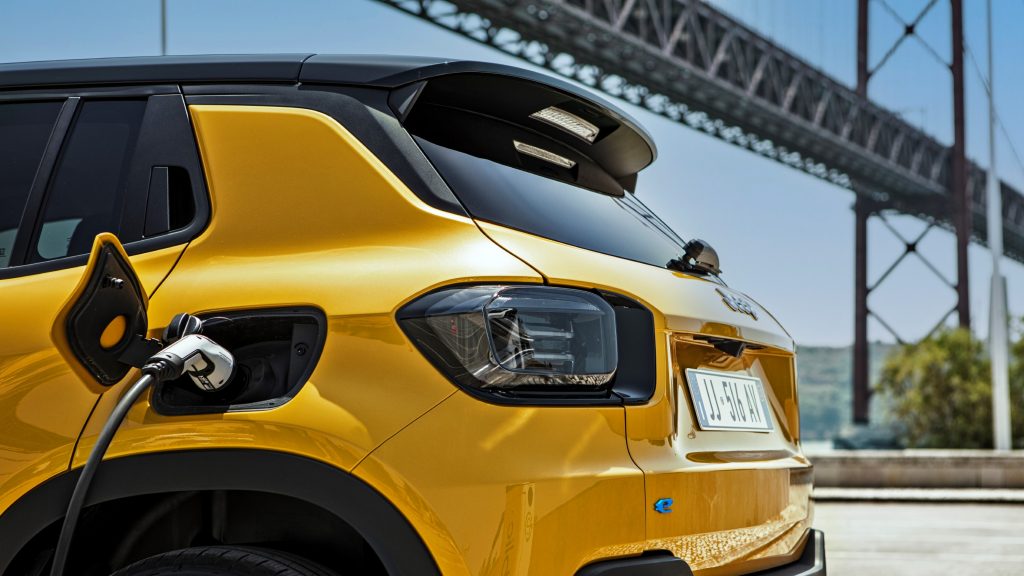
Jeep has it easy in technical terms because it can borrow components from Stellantis’ vast parts bin. The real problem is transitioning its image of maximum capability and resistance to the electric era. In short, people do not want to make concessions: they will not consider the electric powertrain as an excuse for the new SUVs to look or feel less like a typical Jeep. That is why Stellantis had to be resourceful.
Creating a strong car name is a wonderful strategy to make a car model strong in the market. However, it comes at a cost. In short, the company must avoid negative connotations and the product must live up to the name’s expectations. In risky investments such as the baby Jeep, it is safer to reuse established names. The Avenger represents a particular case of that because it has a rich history in the Chrysler group.

First generation: Hillman Avenger
This car is an illustration of how confusing Chrysler’s operations were in Europe. The automaker had never been successful there, unlike archenemies Ford and GM. It tried to turn things around by gradually buying shares of smaller makers until 1967, when it founded the Chrysler Europe division. The very first Avenger went on sale under the Hillman brand. That was a part of the British branch of the brand new venture.
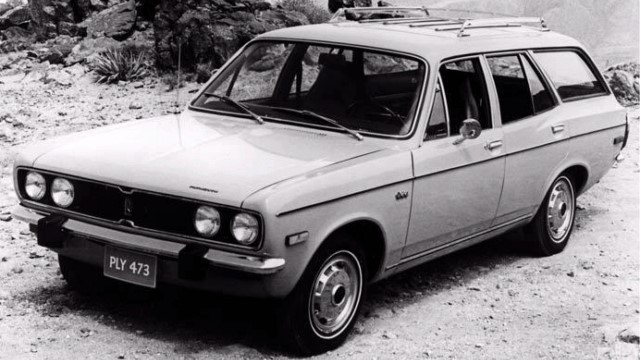
Chrysler had international ambitions for the model. It went to North America as the Plymouth Cricket and to South America as the Dodge 1500/1800, not to mention the rest of Europe. It received praise for its sharp handling and modern design. But there were heavy complaints about rust issues and poor performance. The model’s market popularity around the world decayed as a whole in the 1980s.
In Europe, the car became Chrysler Avenger in 1976 to reflect the manufacturer’s new ownership. In 1978, the automaker sold its European division to Peugeot-Citroën and that turned the car into Talbot Avenger. As if that was not enough, the Brazilian branch eventually renamed it Polara to try and rebuild its image after addressing those issues. In Argentina, it became Volkswagen 1500 after Chrysler left the country.
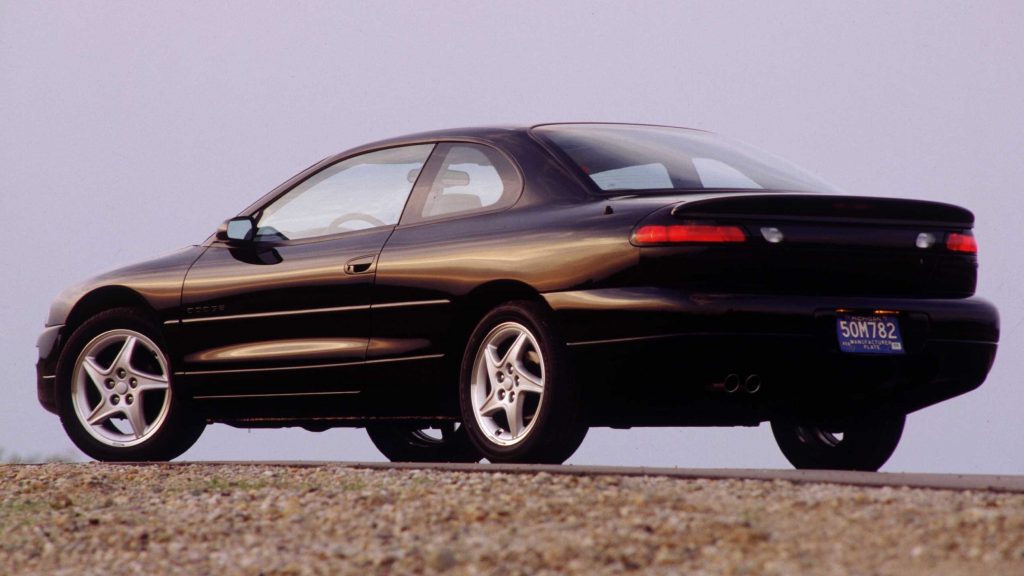
Second generation: Dodge Avenger
Fast-forward to 1994. Chrysler had joined forces with Mitsubishi to survive the oil crisis and that marriage led to the DSM factory in Illinois. Dodge built the Avenger to replace the Daytona with something more modern and efficient and it delivered that. However, the Galant’s platform did not give it a strong image. And the existence of the Eagle Talon and the Plymouth Laser, both sportier, harmed its sales potential.
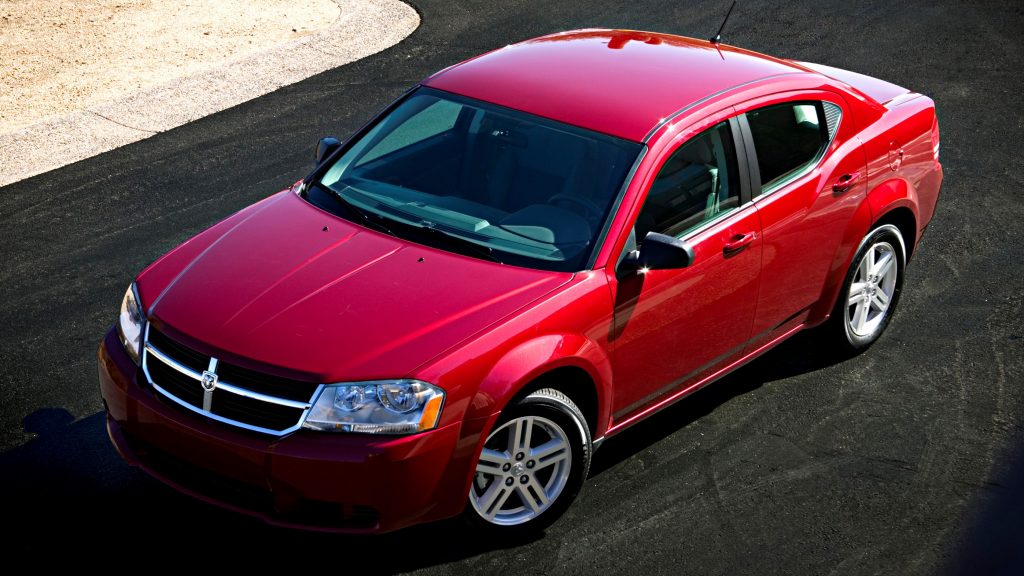
It is interesting to notice that Dodge made no effort to give it proper performance versions; the coupé did not even get the traditional R/T trim level. It never sold well, and Dodge decided to make changes in 2001. The coupé became a US variation of the second-generation Stratus, but those cars had no project relation. While the sedan was entirely a Dodge creation, the coupé retained its Mitsubishi origins.
Some years later, the Avenger name returned to… replace the Stratus. This time, Dodge created a midsize sedan only, but used a platform with Mitsubishi genetics once again. In fact, this is where things go crazy. The model arrived back when the Chrysler group was partnered with Daimler and used one engine that was co-created with Mitsubishi and Hyundai, and a diesel one for Europe supplied by Volkswagen.

Third time is the charm
As you have probably imagined, the only similarity between those cars and the new one is the name. The Jeep Avenger has everything to become a top seller over the next few years: SUV body, small dimensions, modern platform, and electric powertrain. While the design is rather bland compared to other Jeep SUVs, it does look imposing and attractive in the market segment where it is going to compete in Europe.
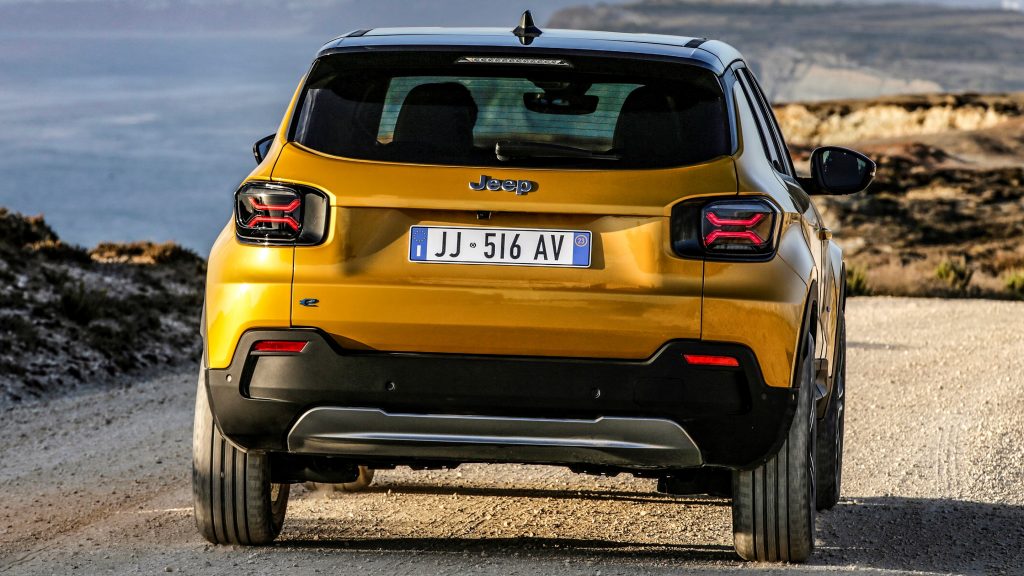
While Stellantis is not going to badge-engineer siblings in the literal sense, it will derive other cars from its project. According to Carscoops, you can expect versions for Alfa Romeo and Fiat. While they will have distinct designs, you can expect them to use the same powertrain options. Speaking of which, Jeep’s SUV will also have a hybrid powertrain. It will play a major role in the company’s electrification plans.
The Chrysler group has used the Avenger nameplate in different ways and, as a coincidence, each one at a different time in its history. The latest one appears under the Jeep division and has everything to make wonderful use of its current momentum. If things go well, it will help establish its image as a global brand rather than a North American company that also sells well abroad. Do you think it is up for the task?
Danillo Almeida has explored his passion for cars in two distinct ways. The first one is his graduation course in Mechanical Engineering, which will hopefully lead to a job position in the field. The other one is expressing his knowledge and opinions on the matter through writing. Almeida has already contributed to blogs, stores, and websites in general writing automotive content in many formats.

